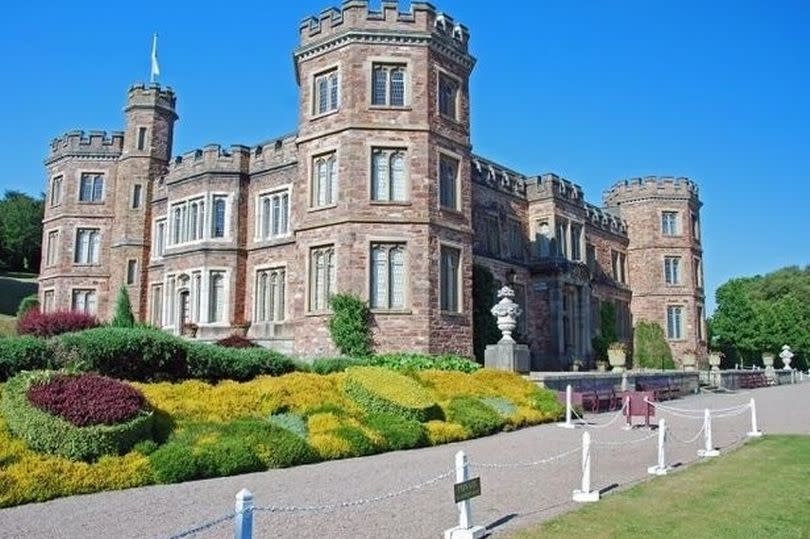Cornwall estate's forgotten role in D-Day as US troops prepared for Normandy invasion revealed

Mount Edgcumbe House and Country Park, often overlooked in D-Day history, played a pivotal role. Even after eighty years, remnants of the time when American troops were stationed in this small corner of the South West can still be found.
In May 1943, American troops started to arrive in this part of Cornwall. They were part of the US 110th Field Artillery Battalion, which was incorporated into the US 29th Infantry Division, and they were stationed at Anthony House.
Their training took place on Bodmin Moor and Dartmoor, preparing them for their departure to Normandy. As part of this preparation, the troops constructed the now-familiar concrete roads throughout the park.
Read Next: D-Day 80th anniversary events taking place all over Cornwall
Read Next: Cornwall D-Day veterans starring in charity campaign
They also constructed slipways at Barn Pool and two nearby re-fuelling quays, along with associated fuel tanks. The three round bases for the fuel tanks can still be seen just east of the house and Earl's Garden.
According to Plymouth City Council, some 8,900 US personnel and their equipment were housed on the land spur between Whitsand Bay and Plymouth Sound prior to the D-Day landings.
Get the best stories and latest news delivered to your inbox every day. Choose what you want here.
In May 1944, the 29th Divisional Command Post relocated to Tregantle Fort to establish camp. The US 115th RCT HQ joined their headquarters at Tregantle Fort, which had been used as the Army Gas School since 1942.
By the end of May 1944, high-ranking officers were aware that the Normandy invasions were scheduled for June 5. To accommodate the increased traffic ahead of D-Day, a house in Millbrook was knocked down to widen the road.
A stone archway at the park entrance was taken apart and then reconstructed post-war.
Hints of troops' D-Day departure on the beach
Plymouth City Council points out: "On 6 June, the troops who were stationed at Mount Edgcumbe Country Park, left from Barn Pool Beach bound for Omaha Beach. There are several artefacts that can be found on the beaches at low tide: mooring rings, armoured electricity cable and the remains of the cable that held the anti-submarine net which reached across to Drake's Island."
"On the beach by the amphitheatre, there is a concrete 'chocolate bar'. This was laid to enable vehicles to cross the beach. The matting was not supposed to be solid but was meant to flex with the movement of the sand. Having served their purpose in the war, many of the blocks found new uses in Millbrook."
Stuart Morrissey, a final-year BA (Hons) craft and material practices student from Arts University Plymouth, has crafted 'The Blue and Grey', a memorial sculpture and bench dedicated to the 29th Infantry Division. It will find a permanent home in the Mount Edgcumbe House and Country Park.
He plans to hand over the sculpture to the house after D-Day on June 6.
Despite being located in Cornwall, Mount Edgcumbe House is jointly managed by Plymouth City Council and Cornwall Council, who share responsibility for the strategic management and control of its country park.
⚠️ Want the latest Cornwall breaking news and top stories first? Click here to join CornwallLive on WhatsApp and we'll send breaking news and top stories directly to your phone. We also treat our community members to special offers, promotions, and adverts from us and our partners. If you don’t like our community, you can check out any time you like. If you’re curious, you can read our Privacy Notice.

 Yahoo News
Yahoo News 
